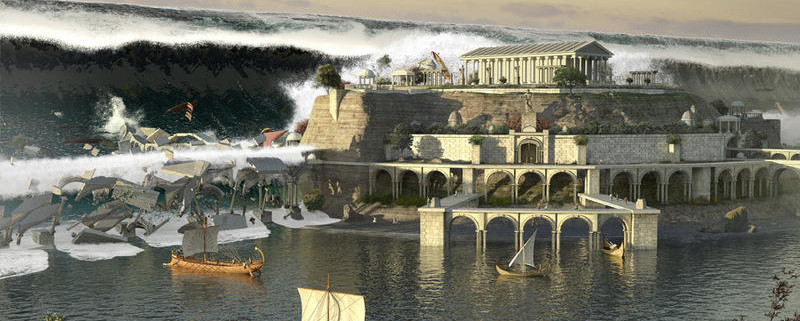Innovation: Part of human nature
By José Luis Álvarez
The question about innovation in organizations and companies can be divided into two broad areas. On the one hand, there is the long-term theoretical development that is in the political-ideological area. In contrast, there is a more practical and direct aspect that is in the political-economic area.
When we talk about ideas, creative ability, capacity for construction, we talk about people. Innovation is the most human characteristic of economic manifestations. It is an activity that we can not delegate to machines, routines or agendas. Innovation is about thinking and acting differently from what has been done before. It is hard to imagine anything more human than this.
People think. That’s what we do. The ability to think and generate new ideas is our great biological advantage. We humans have many weaknesses: our teeth are miserable, we can not run especially fast, we are not good swimmers, we freeze at low temperatures, it is difficult to work hard in very hot climates. Nor are we especially adept at climbing trees or camouflaging ourselves in nature. In general, humans are poorly endowed to make great physical efforts, but we are endowed with a great brain.
Fish swim, birds fly, humans think, create and innovate. Thinking is not something that people do because we like it, we do it because it is our way of surviving.
It is not possible to be for or against innovation, because innovating is something that humans do in a natural way. We are constantly looking for new ways of doing things, new options for shaping things, new things to do. People have the ability to question ourselves, ability that no other animal has.
Another characteristic of people is our ability to understand that the environment in which we live today will not necessarily be the same tomorrow, so we are prepared for change, to adapt quickly to different environments. We can move to other places, learn new languages and learn to live in other cultures.
The first cornerstone of an innovation policy is to enable people to be people, to allow and stimulate autonomy of thought. Organizations and companies must believe in people’s ability to create new ideas and transform these ideas into real and useful applications for business and society.
When we talk about innovation, we do it about new ideas applied for the benefit of people, so it is necessary to approach them from a broader, more human perspective. When we say that we want a more innovative society, it is not enough to stimulate scientific research, technological development or to promote specialization in postgraduate and doctorate degrees in areas related to technology. It is equally important to stimulate musical creation, colors, forms, sounds, movement, communications, etc. Many of the great innovations of the last decade are in the area of machine-person interaction. In this area the cultural sector has been tireless in injecting new innovations that are changing our current digital lifestyle. When thinking about the contribution of art to technological development, it is impossible not to remember Steve Jobs, founder of Apple, who in a talk to Stanford University students entitled “Connecting the dots”, said that the idea of creating a Computer with a user-friendly interface had it while studying a calligraphy course at the university. This kind of friendly interface was Apple’s legacy to the information technology revolution.
Finally, the question remains: how can organizations and companies stimulate innovation? The idea “necessity is the mother of invention” was advocated by Plato in his work The Republic. In principle, the lack of resources inevitably leads to invent and sharpen the ingenuity, but you can also think the opposite, that is to say that only with ample resources and economic funds the results are obtained.
Organizations that want to innovate are looking for creative people who think differently, unconventionally, outside the box. Usually these people also behave in an unconventional way, outside the box, therefore in this context, being creative becomes a social risk. Organizations have to be able to socially integrate all kinds of people.
Today there is enough cumulative practical experience to ensure that innovation needs stimulation and well-targeted policies.
It is necessary to allow people to be human, to stimulate the search for new solutions to old problems. Create an organizational culture in which the only constant and


